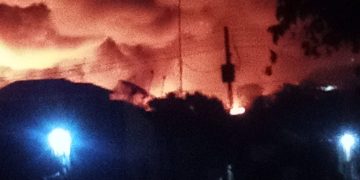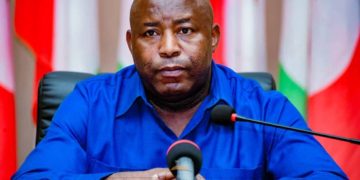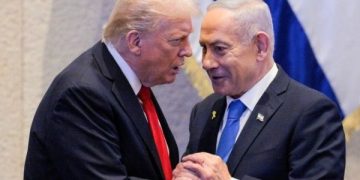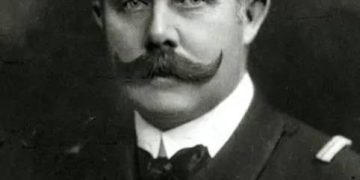Russia is hailing the outcome of the high profile summit between U.S. President Donald Trump and Russian President Vladimir Putin in Alaska, even though no formal agreement was reached to halt the war in Ukraine.
The meeting, staged with military fanfare at Joint Base Elmendorf Richardson in Anchorage, was billed as a potential breakthrough moment. Instead, it produced little in terms of concrete progress but offered the Kremlin a powerful symbolic win.
Trump, who had initially promised to push for an immediate ceasefire, appeared to soften his stance during the talks, signaling support for Putin’s long standing preference by passing a ceasefire and moving directly into negotiations over a long term peace settlement.
For Moscow, that shift was viewed as validation of its negotiating position. Russian state media quickly framed the summit as a diplomatic triumph, emphasizing the optics of Putin standing as an equal beside the U.S. president on American soil.
Analysts, however warn that this development could tilt the balance of power in Moscow’s favor By discarding a ceasefire as a prerequisite, critics say Trump risks giving Russia more time to consolidate its military gains while pressuring Ukraine into talks from a weakened position.
European leaders voiced concern, with several insisting that Ukraine’s sovereignty must remain at the center of any settlement. Ukrainian President Volodymyr Zelenskyy, who has rejected ceding any territory, is preparing for his own visit to Washington in the coming days to press Kyiv’s case directly to Trump.
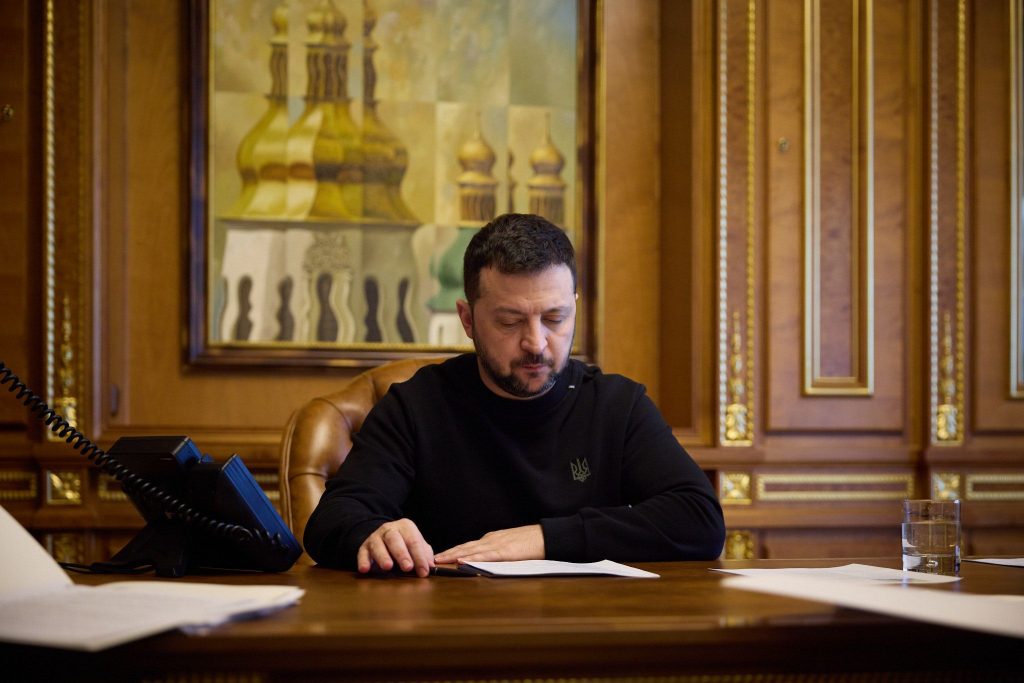
Despite the absence of a deal, the spectacle of the summit a red-carpet welcome, joint photo opportunities, and choreographed displays of U.S. military power ensured Putin walked away with a public relations victory.
“Putin gave up nothing, yet walked away looking like a statesman,” one European diplomat observed. “That alone is a win for Moscow.”
For Washington, the implications are more complicated. Trump’s pivot suggests a willingness to break with the traditional Western strategy of first securing a ceasefire. Whether this approach can bring an end to the war or risks prolonging it remains an open question.



